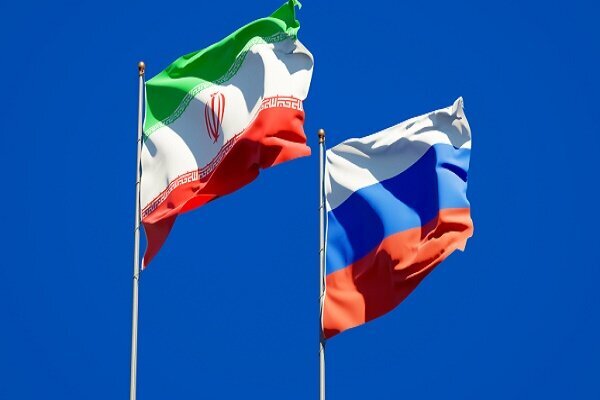It's A Marvel: Video Shows India's First-Ever Underwater Metro Service In Kolkata"
Introduction:
In a groundbreaking development for urban transportation in India, the city of Kolkata has unveiled its first-ever underwater metro service. A marvel of engineering and innovation, this project marks a significant milestone in the country's efforts to enhance its public transportation infrastructure. The underwater metro service promises not only to revolutionize the way people commute but also to showcase India's prowess in modern infrastructure development. In this blog, we delve into the details of this remarkable achievement, exploring the implications and potential benefits for the residents of Kolkata.
The Engineering Feat:
The underwater metro service in Kolkata is a testament to the ingenuity of modern engineering. The metro tunnels stretch beneath the Hooghly River, connecting the twin cities of Kolkata and Howrah. The construction involved overcoming numerous challenges, including maintaining structural integrity under the water pressure, ensuring the safety of passengers, and addressing environmental concerns. The successful completion of this ambitious project underscores India's capability to execute complex infrastructure ventures.
Connectivity Redefined:
With the introduction of the underwater metro service, Kolkata aims to redefine connectivity between its two bustling cities. The metro line not only facilitates quicker travel but also reduces the burden on existing transport systems. Commuters can now traverse the river in a matter of minutes, avoiding the notorious traffic congestion that has plagued the region for years. This development is expected to enhance overall efficiency, making daily commuting more convenient for thousands of residents.
Environmental Considerations:
The implementation of an underwater metro service in Kolkata has also taken into account environmental sustainability. The project includes measures to minimize its ecological impact, such as employing eco-friendly construction materials and technologies. Additionally, the reduced dependence on road transportation is expected to contribute to lowering air pollution levels in the region. By embracing eco-conscious practices, Kolkata's underwater metro serves as a model for future infrastructure projects worldwide.
Economic Implications:
The introduction of the underwater metro service is not only a boon for commuters but also holds significant economic implications. Improved connectivity between Kolkata and Howrah is likely to spur economic development by facilitating easier access to business hubs, educational institutions, and cultural centers. The metro project has the potential to attract investments, boost tourism, and create employment opportunities, ultimately contributing to the economic growth of the region.
Public Reaction and Future Prospects:
As videos showcasing the underwater metro service circulate online, public interest and excitement have reached new heights. Commuters, residents, and visitors alike are eager to experience this novel mode of transportation. The success of the project has sparked discussions about the possibility of implementing similar underwater metro services in other Indian cities facing similar challenges of traffic congestion and connectivity.
Conclusion:
Kolkata's first-ever underwater metro service is more than just a transportation milestone; it's a symbol of India's ability to embrace innovation and overcome infrastructural challenges. As the city ushers in a new era of connectivity, the underwater metro stands as a testament to the nation's commitment to progress and development. With its positive impact on the environment, economy, and daily lives of the people, this engineering marvel is set to leave a lasting impression on the landscape of urban transportation in India.




Comments
Post a Comment